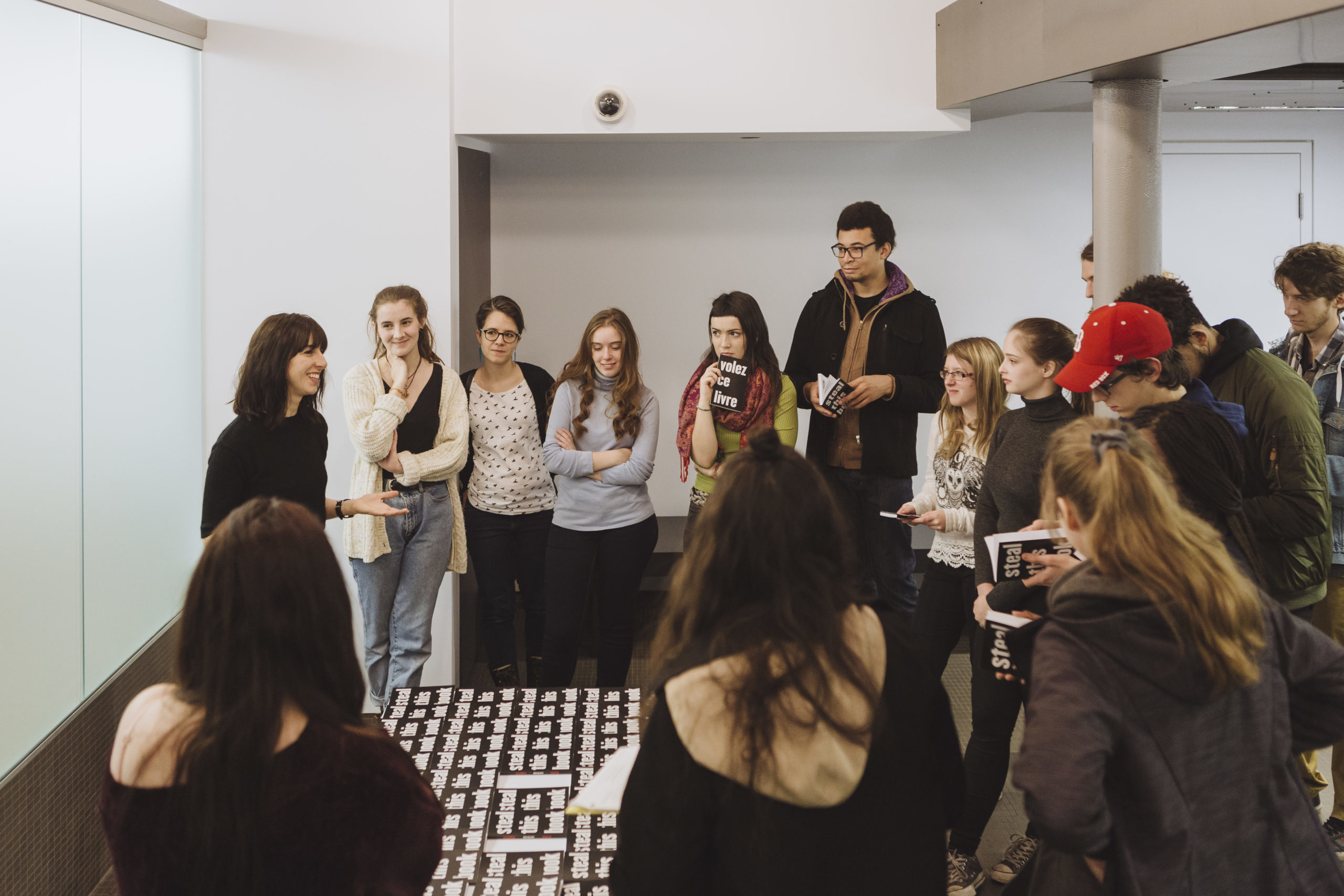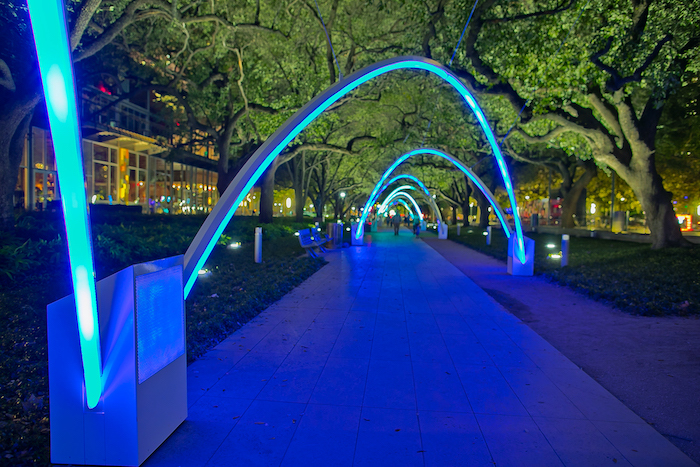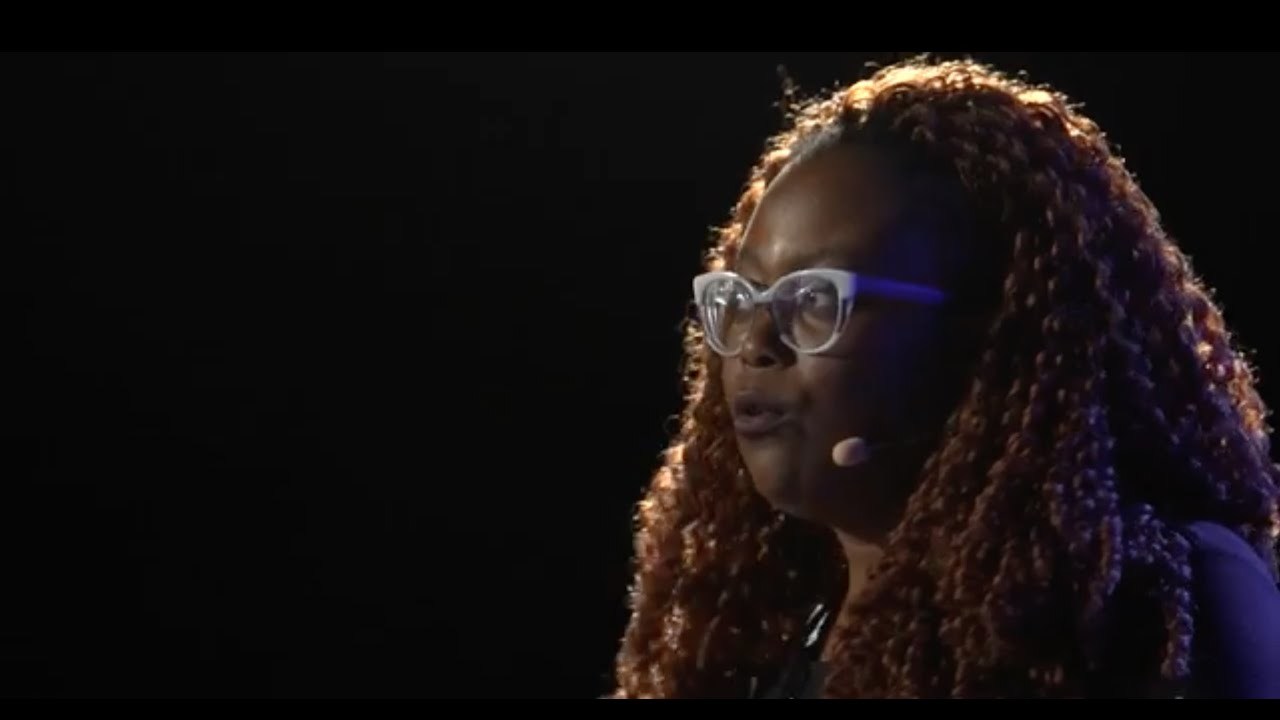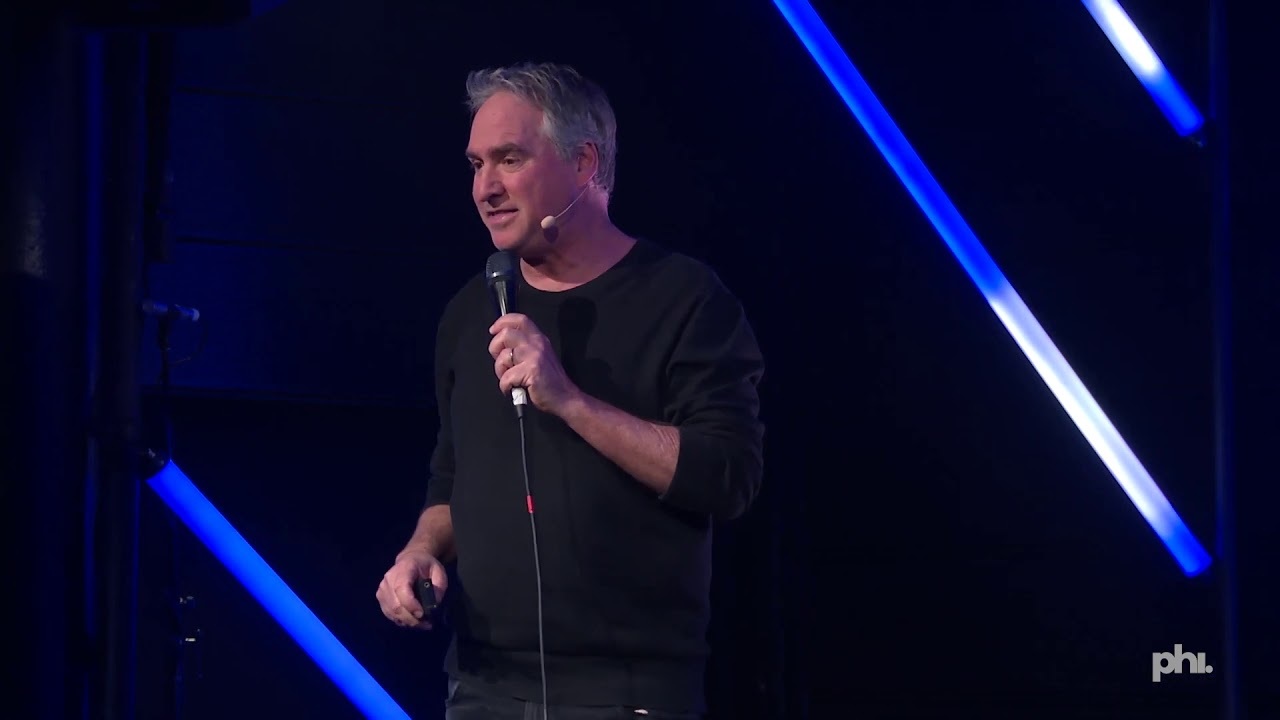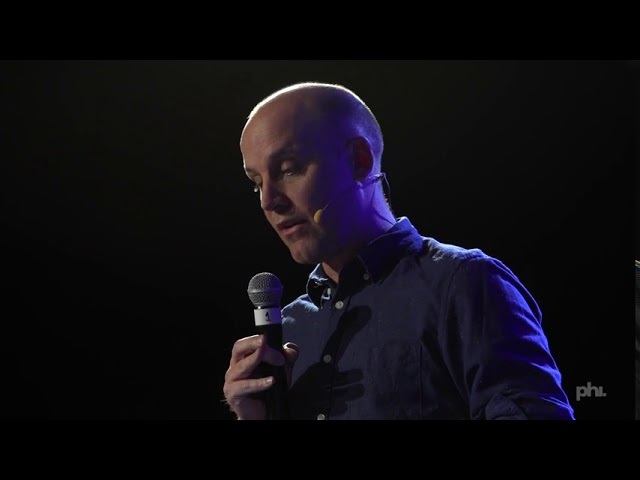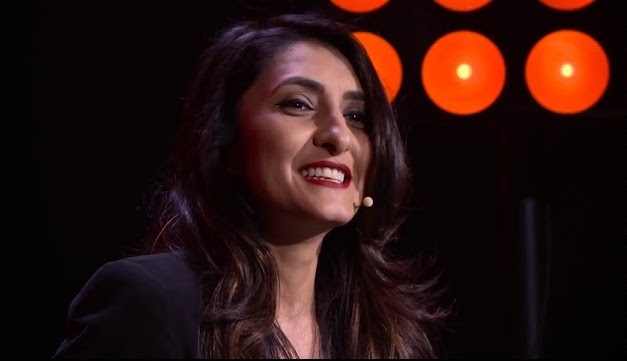At this time when resources have become more and more freely available, anybody can become their own professor, their own student. As part of PHI Perspectives, a series of videos envisioning the future and what’s at stake, we engage in a discussion of the many ways in which knowledge is transmitted and disseminated.
To shed some light on the subject, we invited three arts education professionals: Milan Tanedjikov, professor of fashion design at Lasalle College; Ann-Louise Davidson, Associate Professor, Department of Education, Concordia University Research Chair in Maker Culture and Deputy Director of the Milieux Institute for Art, Culture and Technology; and Marie-Hélène Lemaire, in charge of education at the PHI Foundation.
PHI: In this period of universal confinement, a large number of the population has taken advantage of the tools available online to broaden their artistic skills... Is independent learning replacing the traditional education system?
Marie-Hélène Lemaire: I think that both models will continue to coexist, and that's good. For me, traditional education and less formal education can coexist and enrich each other. In the Education Department of the PHI Foundation, we are deploying art education that is informal, dialectical, wandering and also sensorial. Different academic fields are also interested in these approaches. For example, the slow pedagogy movement, which advocates a slow approach to learning (see the essay The Slow Professor by Maggie Berg and Barbara K. Seeber). Research is also interested, as we are, in moving outside the university campus to work by walking [a system for study that promotes learning by walking].
Milan Tanedjikov: There are many situations in the teaching process that allow students to learn on their own, and in turn be self-taught. For several years now, we have seen a beautiful synergy between certain institutions and the Internet. The current situation made the phenomenon increasingly democratic, even among the most elitist institutions. This openness gives teachers one more tool to encourage their students to deepen their learning. We tell them: "There you go, these resources are at your disposal." It is not about simply just telling them to find everything on Google, but rather of using the Internet as a secondary research method. The difficulty is to find deep and interesting sources of information, coming from reputable places that make their knowledge available, such as MoMA, which has just opened online courses. Today students can learn by themselves by having access to material that would not normally be available.
Ann-Louise Davidson: There's no denying that the advent of the Internet has changed everything, providing us with extraordinary resources. When I was growing up in Hawkesbury, I would have liked to learn how to make videos, but I didn't have access to that kind of resource. The Internet gave us the opportunity to teach ourselves. But I would make a nuance: we must distinguish between self-teaching as a luxury and self-teaching by necessity. During the confinement, we suddenly said to ourselves "Well, I could just learn something new," for me, that's a self-taught luxury. Not to be confused with the kind you do because you don't have a choice. The other point I would make is that for me learning is always the outcome of interaction, either with someone or with content created by someone, so there may be a problem with the term "self-taught." But in any case the Internet has offered the possibility of being self-directed and to learn on your own.
P: The video that accompanies this discussion suggests a continuous flow of information on the Internet. How do you plan on guiding your students through this proliferation of information? Is that even your role?
MT: What I have noticed is that students have fewer and fewer original points of view. I link this problem directly to the Internet. Algorithms offer solutions based on their popularity, and sources are often uncertain. For years, I’ve been advising against searching the Internet simply by using broad and general terms. It is the responsibility of the professor to know the origin of the sources, to be able to track the origin of an idea. He can thus orient the student in another way: not towards popularity but towards the originality of the information. On the other hand, when I started my studies, I used hyperlinks. I clicked from one link to another link to another link: there’s a very exploratory side to it. Now there are no more surprises, no more originality, the links always lead in the same direction. That's why I encourage other, much more primary methods of exploration: taking pictures, making drawings, talking to people, just to avoid that kind of redundancy that I notice in all my students' projects.
"Students have fewer and fewer original points of view. I link this problem directly to the Internet."
The Next Generation | PHI Perspectives
P: Recently, former Google CEO Eric Schmidt advocated for online education, as did all the major boards of directors. As Malcolm McLuhan says, "The medium is the message." Are the institutions in which you work preparing for this kind of change and making sure they diversify their sources of information?
ALD: That's an interesting question. Everybody says we are educating online, but as I understand it, what we are doing is emergency online education. It's very different from a platform specifically designed to be offered online. I say "offered" and not "delivered" because some people "deliver" their content. But there's also the matter of experiential design, designing specifically for the screen. In my case, as early as March I told my students that we were going to be migrating to online classes, but that was an emergency solution, not a choice by design. For me, that is the first distinction. The second is that it is very difficult to shed our desire to offer content. Earlier we asked how we might filter through the influx of information, and that's precisely the role of a book, of a course manual: to propose content that’s been selected and structured to provide a course. Now, when the flow of information is too vast, we tend to limit ourselves, to tense up in front of the sheer quantity of resources. Harold Jarche proposed the concept "Aggregate, filter, connect," which consists of looking at the flow, making aggregations, then within these aggregations, finding what is valid and useful. Finally, once this is done, all that remains is to connect and give it new value, a new utility, in a new context. This isn’t something you find in the academic world. Some students don’t pursue their research further, sometimes just having been to university enough. The same is true for professors. I did teacher training in Ontario, and I met people that were not ready to learn pedagogy because they already had their model, a teacher they admired and emulated. They weren’t rethinking the content.
MHL: I agree with Milan on the fact that algorithms reinforce positions, thoughts, and encourage quick formulas. So, in this context, it is imperative that we offer to be guides and to advocate for direct contact with the work, in a material exhibition, surrounded by others. I think that contemporary art, by nature of its openness and multiplicity of significations, is always partly in transformation with respect to its meaning. When we engage, all together, in a dialogue surrounding these works, we encourage innovative thinking, to think experimentally, and the capacity to reflect on complex subjects. We create spaces in which we can resonate and listen to others. We raise more questions than we get answers. So I am still very optimistic about this phenomenological aspect of learning art. It will have to be reinvented in the near future, and that's what we're doing here in the education department.
"Contemporary art, by nature of its openness and multiplicity of significations, is always partly in transformation with respect to its meaning."
PHI: This idea of "aggregate, filter, repurpose" is currently what the Internet is in the process of doing, without the guidance of a teacher. Are the institutions where you work undertaking actions that enhance the value of the teaching profession, at a time when this work of filtering and guidance can be done ten times faster over the Internet?
MHL: The heart of our mission at the Foundation is to be at the service of our visitors and the general public. This mission implies certain values: empathy, generosity, inclusion, empowerment… It’s already something very different from what we would find online.
MT: I agree 100%. We're artisans. We take a project, which is about generating knowledge, and we take it from A to Z. It requires attention and empathy. We pass from understanding the subject, exploring, ideation, creating a point of view, and then we make prototypes, presentations, post-mortems... I don't think the Internet is capable of doing all that. Right now, institutions are realizing the importance of the teacher, more than ever at a time when the amount of attention deficit is enormous and the retention rate of students is very low. Teachers have never had as much power as they do now.
P: There is also the question of ethics and individual freedom. How do we delineate a trajectory to guide the student while simultaneously respecting his or her individual capacity to discover on their own?
ALD: In the way we train students, we are nonetheless guilty of indoctrination. That is to say, we show the techniques or ways of thinking that we know. A cybernetician once told me, "teachers are addicted to their personalities." They clone themselves in their students. But as soon as we understand that there are other ways of building our knowledge, we nurture a greater benefit in what we clone in them, and they in turn do the same. For example, when you learn to make your own machine, you are in control of your technology. So instead of buying a 3D printer for $7000, I buy several at $500 and everybody learns to make their own.
MT: A few years ago when I completed my master's degree at Concordia, I was already a fully formed individual, and I felt that the teacher was imposing a way of thinking on me. And when I became a teacher myself, I noticed that I was imposing my own way of thinking, my vision of good design. I had a difficult time with it. At that time I thought I would rid my course of any instructional ideology and base it entirely on the times and trends. When the time came to criticize ideas, I invited others to do so. In this way I freed my students and myself.
"In the way we train students, we are nonetheless guilty of indoctrination."
P: Recently Jack Dorsey, CEO of Twitter, announced that from now on all his employees could work from home if they wanted to. In your case, all your courses will be online in the fall. Can we imagine a full shift to dematerialized education?
ALD: Students are suffering enormously because of the current situation. They are constantly waiting for things to return in some capacity. In my case, going online has turned all my meetings into videoconferences. Usually I run from one meeting to another, from one building to another, but now I run between platforms and my body remains immobile. Maybe there's another option, and it’ll make us question whether teaching should take place in the classroom or research in the lab when cities are gigantic research labs? The content I can offer is nothing compared to what is available on the Internet, but what I do have is the ability to accompany this acquisition of information. The other gift I have is my network, I often say that without my network I am nothing. All the knowledge that I offer would be nothing if I did not have the ability to offer my students the opportunity to meet those in Côte-des-Neiges, or if I did not have a whole network in the libraries of people who are better equipped than I am to inspire my students to become creative people and good citizens.
MHL: I think the challenge is to connect the spaces, to connect the experiences that take place in physical spaces and those that take place in virtual spaces. At the Foundation, we're thinking about deconfinement right now and we're trying to see how to make visitors walk around in the physical spaces, in the exhibition, in complete safety. Our phase 1 at the moment, in the education department, is to reinvent our online presence to prepare the visits. Because no matter what, nothing will replace our direct relationship to the work of art. In fact, our next exhibition is called RELATIONS: Diaspora and Painting. It brings together 27 painters from all over the world, belonging to diasporas, who will come to present their paintings. In this way we really want to be connected to the current context. We want to understand what artists in diasporas can share with us through their art in order to better reflect on the current context, which is uncertain and difficult. Many diasporic artists have experienced certain things, which they express through their art and help visitors to reflect on these issues.
MT: Also, for some schools it is not really possible to teach online. Our priority is to find out how to comply with the requirements of deconfinement and to find physical environments. In our case, learning has to be done with our hands. The head and the body cannot be disconnected. All kinds of skills, like molding, have to be learned directly with our hands.
ALD: That's the problem. When it's just theory, online education isn’t a problem. But if the teacher has to rely on practice to teach, then there is an issue of space.
P: The Italian chef Massimo Bottura (who appears in the video) talks about how the exchange of knowledge and cultures is necessary in order to shape the future. For example, the farmer has to learn flavours and the cook has to learn about agriculture. Art must also nourish itself from other fields, other milieus, to evolve. But how will these exchanges evolve? Where will they go in the future?
ALD: We learn things by categories: mathematics, French, English... Everything is divided, categorized. Then you get to CEGEP, to university, and it's the same thing – you divide. However, no major contemporary issue lies within a single discipline. They’re always interdisciplinary, transdisciplinary problems. You will never be able to solve them with a single expert with only very specific knowledge in one subject, isolated from other fields.
MT: My language is cross-referencing. I always encourage the importance of approaching a subject from every possible angle. But the capacity to make the connections isn’t a natural talent, it has to be taught.
P: In the previous episode of Perspectives, tenor and activist Jeremy Dutcher discussed the strength he draws from his mother's indigenous culture, opening him to an entirely different outlook on the world. Do you think the Internet can help students open up to ideas and cultures outside their comfort zone?
ALD: I think that from the moment you go online, you see that the students are communicating with each other. I see them chatting together or with people who exist outside their circle. And as soon as you accept that there are voices other than the professor's, and that outside elements are involved, you open the way to multicultural communication. Going online has helped in this sense because it eliminates the need for travel and gives us direct access to external resources. Confinement is also very interesting since people who were usually unreachable are suddenly available.
MT: It was so easy for me to get in touch with some of my idols, people I was afraid I wouldn’t look smart enough for. I was able to chat with them on Instagram as if it was perfectly normal. Also, while in confinement, I was able to invite fashion personalities into my classes. They were available because their schedule had suddenly been disrupted.
"Confinement is also very interesting since people who were usually unreachable are suddenly available."
P: We are coming to the end of this discussion. In conclusion, could you give me your vision of arts education in the next twenty or thirty years?
ALD: I think it can be reduced to a few words: flexibility, adaptability, dialogue and presence. In that sense, this conversation has been a breath of fresh air for me.
MHL: It's hard to say what art and the teaching of art will be like in the coming years, but that's always how it’s been understood. Its nature has always been ever-changing, difficult to define. As early as the 1950s, Yoko Ono offered a radical vision of the work of art that existed outside our definitions. She was an advocate for blurring the lines, to mix the art object and the public. I would say that, like her, the most important thing is that we stay connected to this spirit of experimentation.
MT: I have the feeling that teachers have been gaining more power lately. Schools are giving them more freedom to adapt to the increase in online education. For me, teachers will have more and more freedom to develop their curriculum and make them interactive. In this regard, the future is synonymous with empowerment.
PHI Perspectives
PHI Perspectives consists of a series of conferences with influential figures organized by the PHI Centre, every iteration sharing a common ambition—to re-evaluate our age-old systems, and to propose a shift in established models. Each event will act as material for videos on contemporary issues, commented by Cheryl Sim, Managing Director and Curator at the PHI Foundation. A journey through evolving thoughts, between theory and change, balancing technology and narration, and producing knowledge for future generations.
Related Content
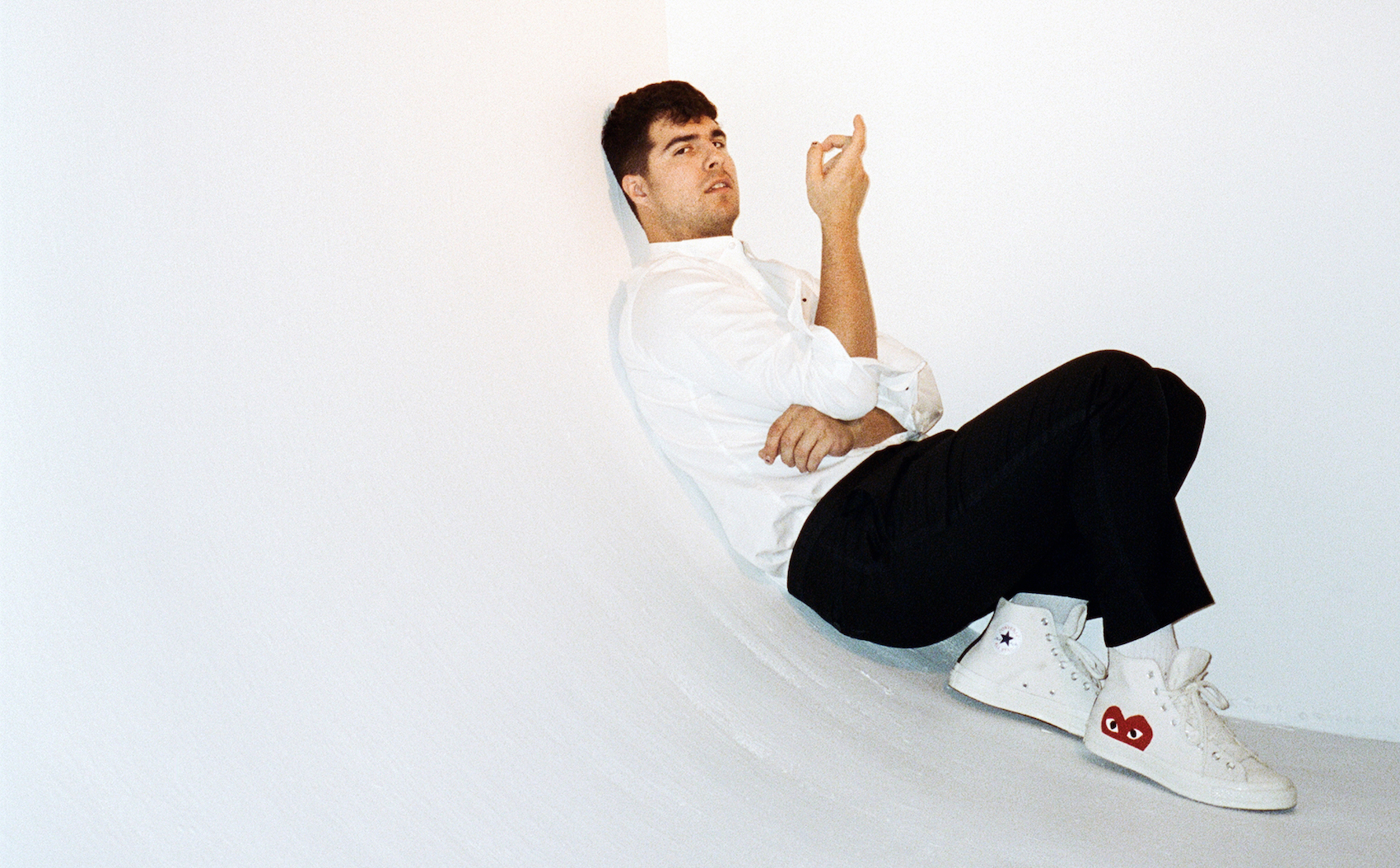
Perspectives with Jeremy Dutcher: “To become anew we must first let go”
- Cultural Mediation ,
- Points of View
Explore
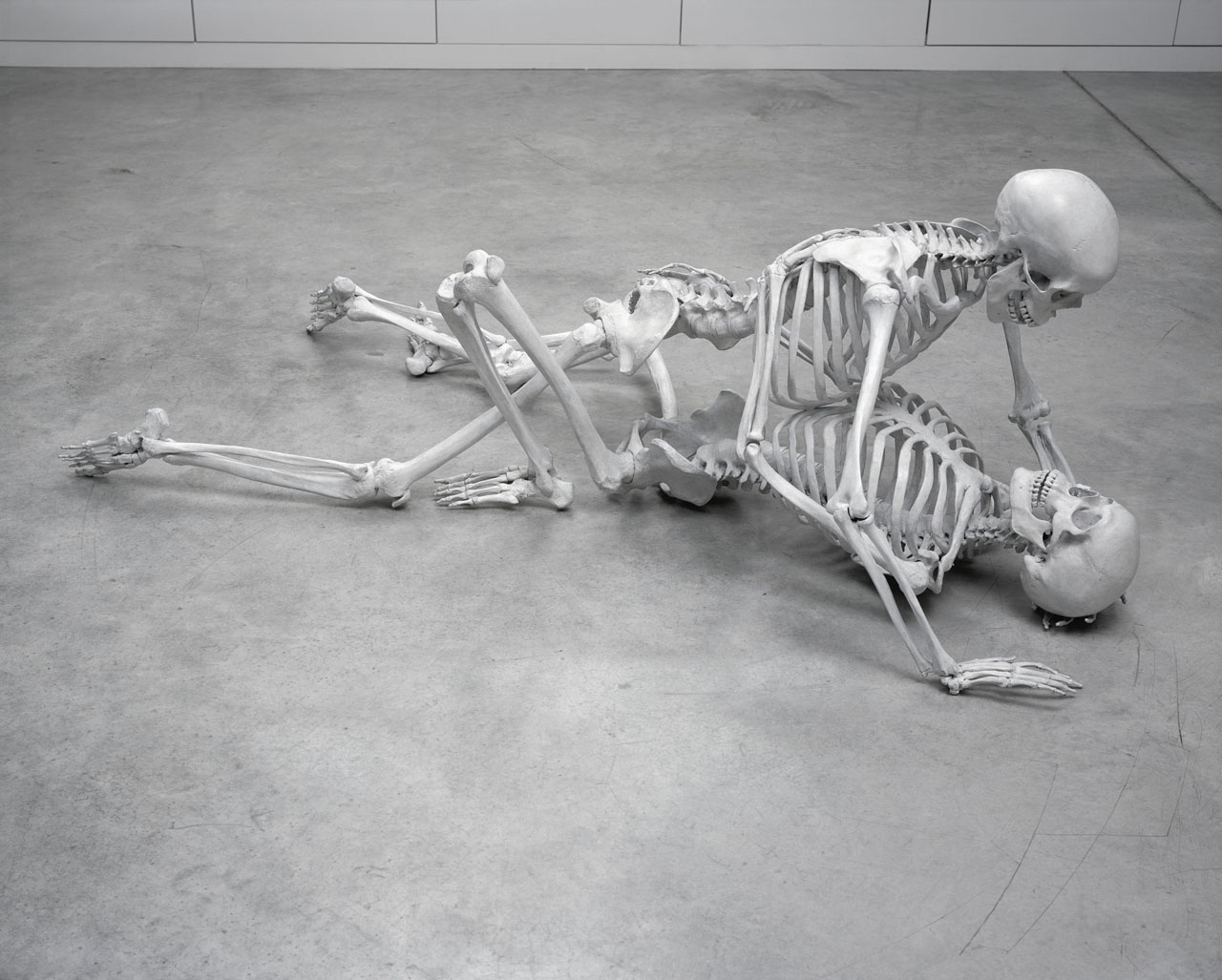
Foundation
Marc Quinn
October 5 → January 6, 2008
Gathering over forty recent works, DHC/ART’s inaugural exhibition by conceptual artist Marc Quinn is the largest ever mounted in North America and the artist’s first solo show in Canada
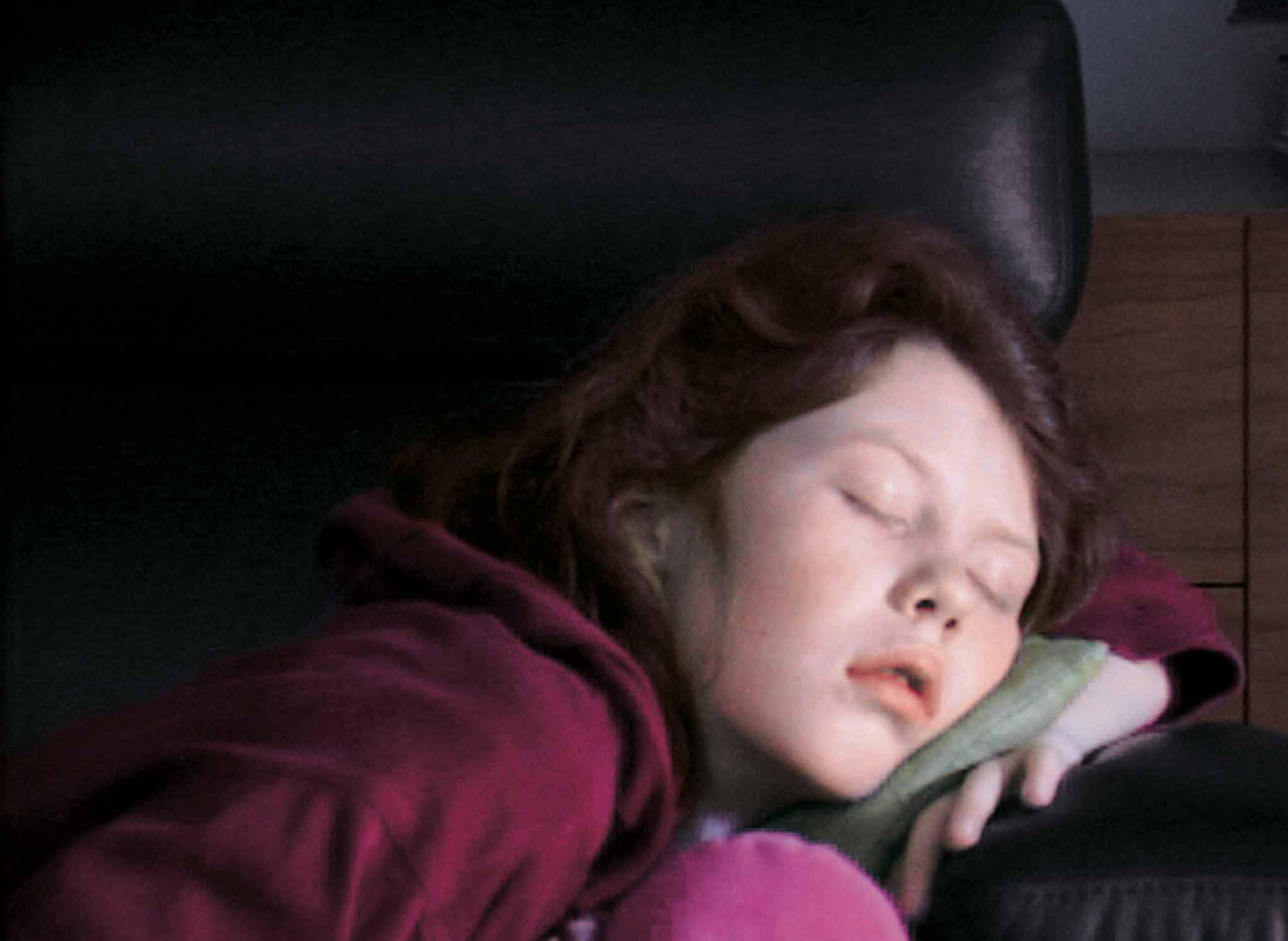
Foundation
Re-enactments
February 22 → May 25, 2008
Six artists present works that in some way critically re-stage films, media spectacles, popular culture and, in one case, private moments of daily life
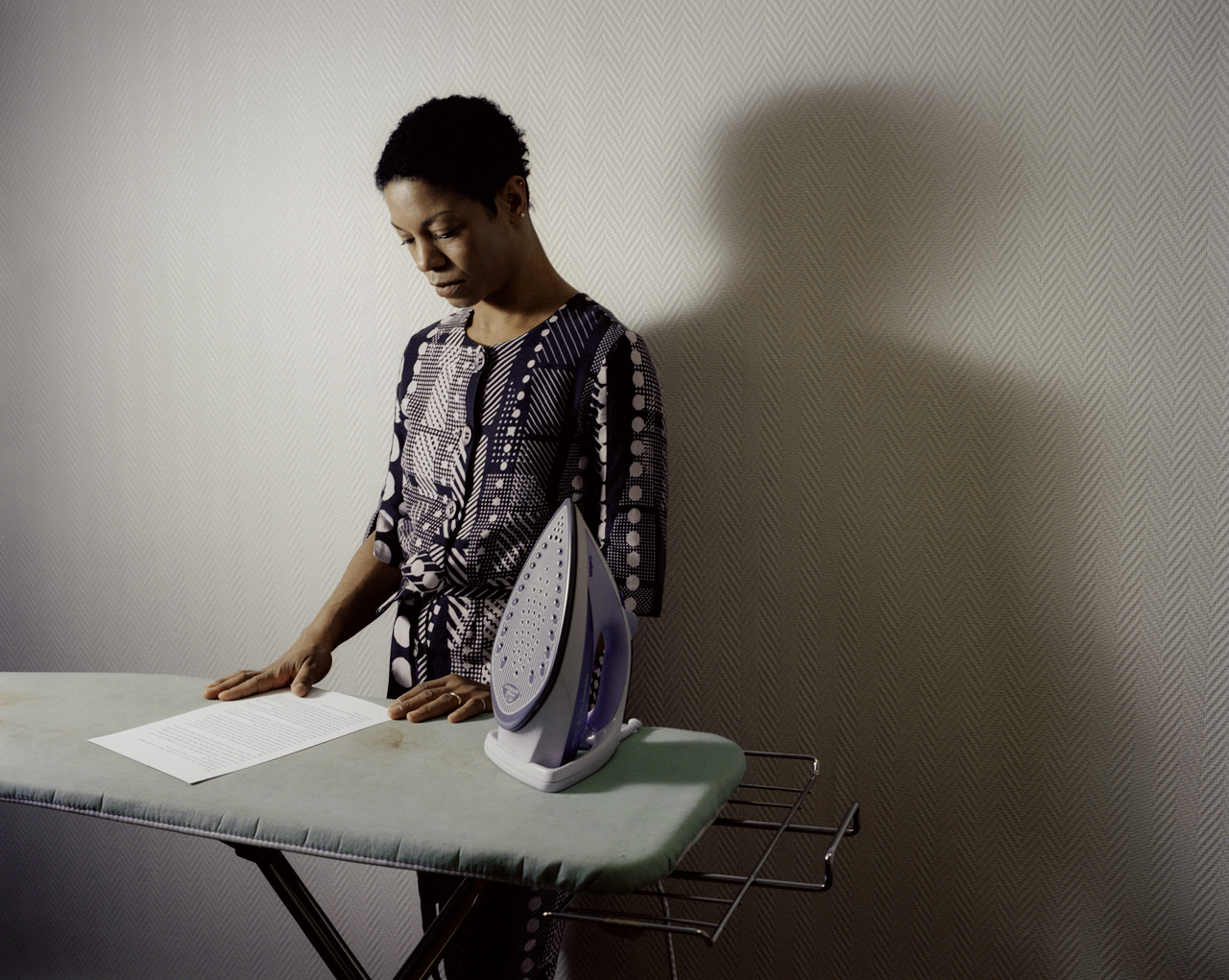
Foundation
Sophie Calle: Take Care of Yourself
July 4 → October 19, 2008
This poetic and often touching project speaks to us all about our relation to the loved one
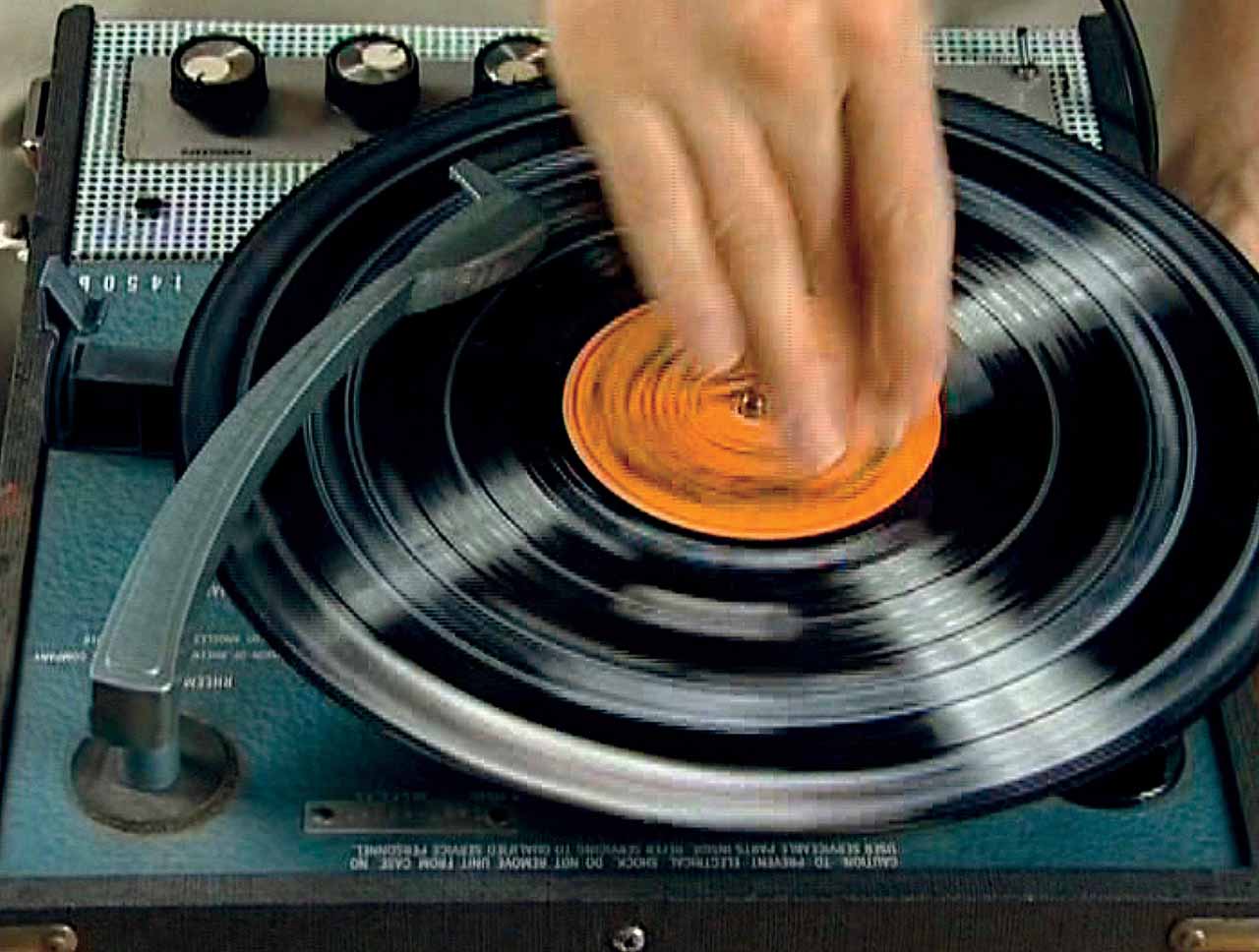
Foundation
Christian Marclay: Replay
November 30 → March 29, 2009
DHC/ART Foundation for Contemporary Art is pleased to present the North American premiere of Christian Marclay’s Replay, a major exhibition gathering works in video by the internationally acclaimed artist
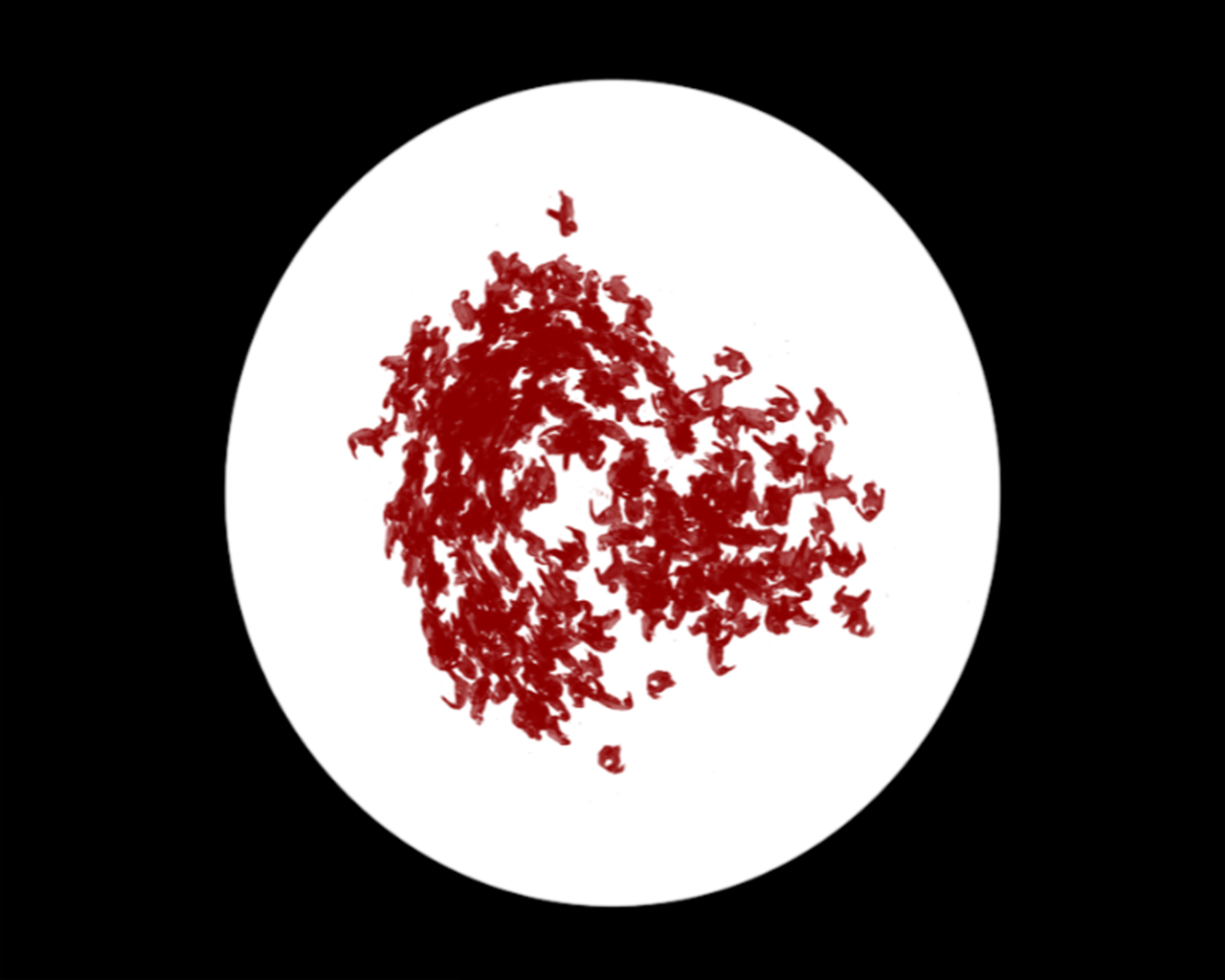
Foundation
Michal Rovner: Particles of Reality
May 21 → September 27, 2009
DHC/ART is pleased to present Particles of Reality, the first solo exhibition in Canada of the celebrated Israeli artist Michal Rovner, who divides her time between New York City and a farm in Israel
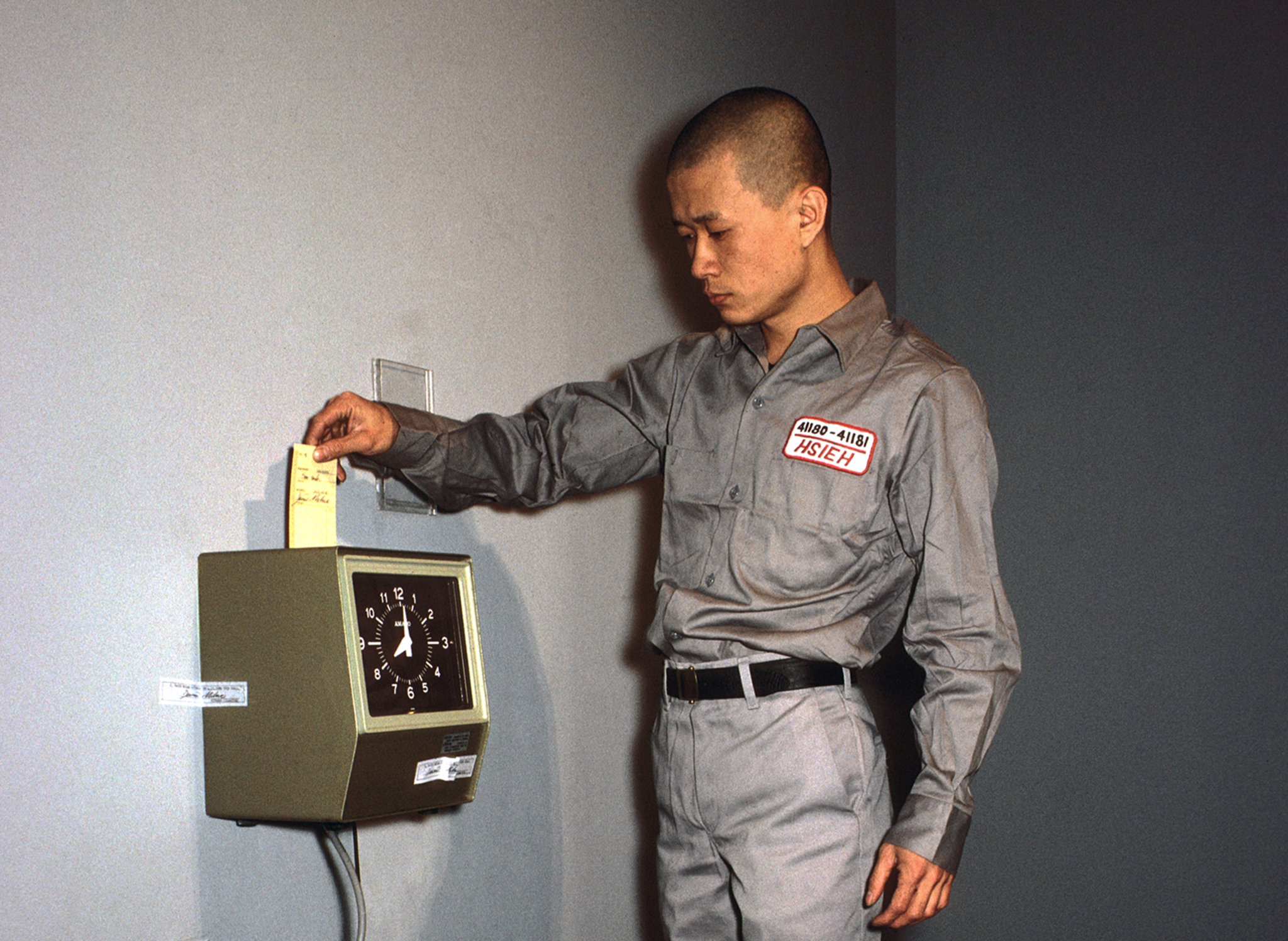
Foundation
Living Time
October 16 → November 22, 2009
The inaugural DHC Session exhibition, Living Time, brings together selected documentation of renowned Taiwanese-American performance artist Tehching Hsieh’s One Year Performances and the films of young Dutch artist, Guido van der Werve
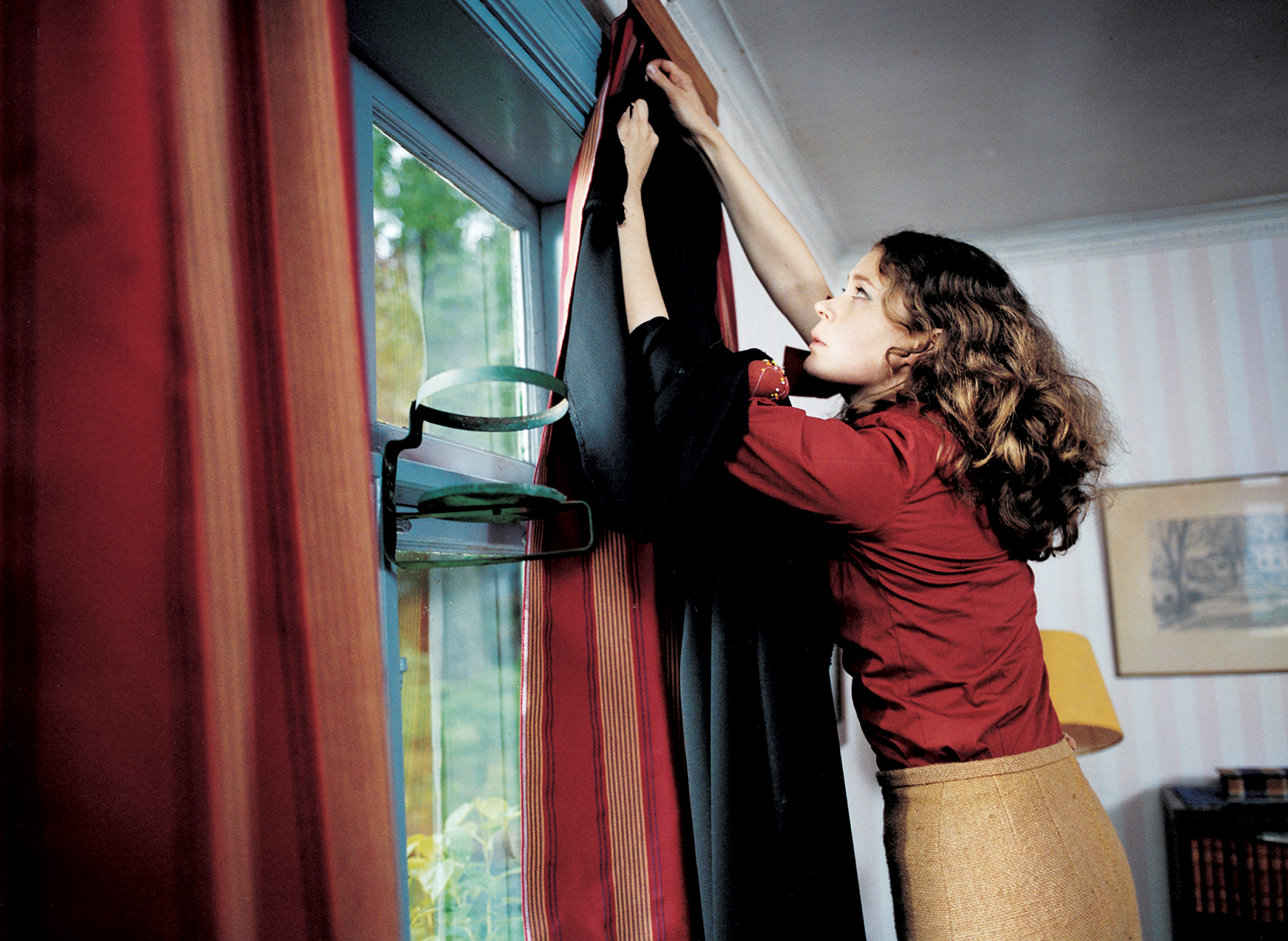
Foundation
Eija-Liisa Ahtila: Int. Stage-Day
January 29 → May 9, 2010
Eija-Liisa Ahtila’s film installations experiment with narrative storytelling, creating extraordinary tales out of ordinary human experiences
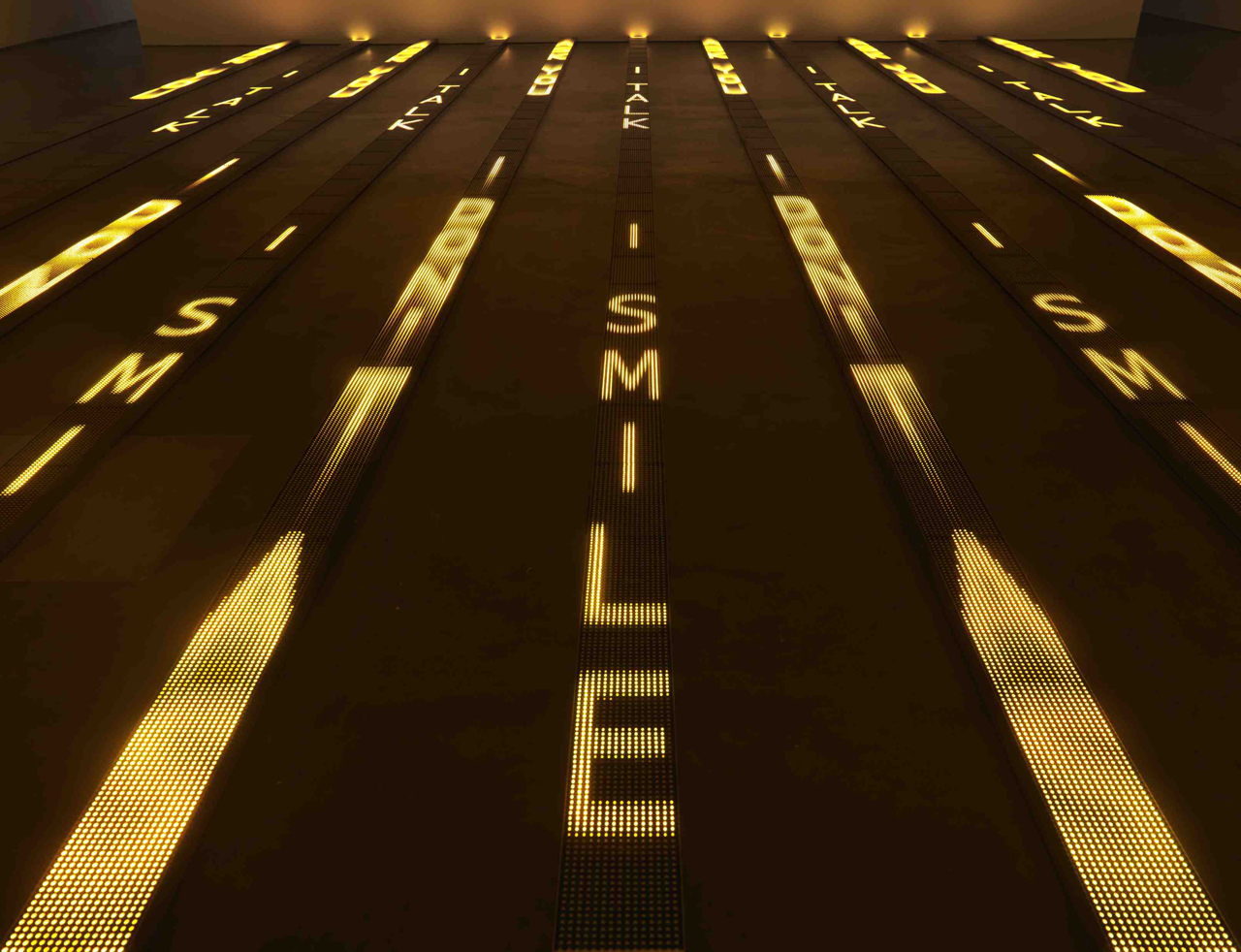
Foundation
Jenny Holzer
June 30 → November 14, 2010
For more than thirty years, Jenny Holzer’s work has paired text and installation to examine personal and social realities
